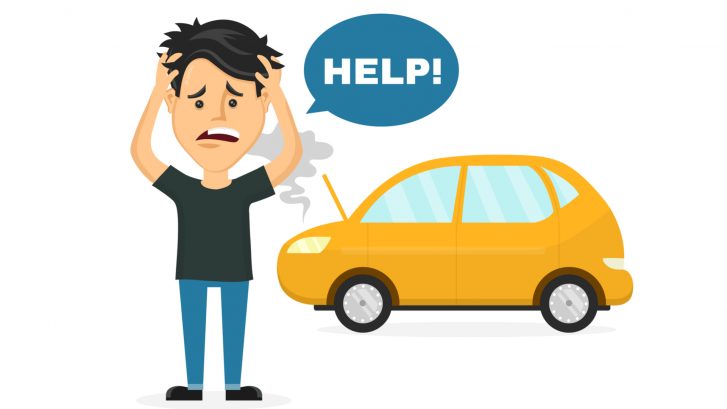6 Steps To Achieving Financial Freedom
Stepping on the path to financial freedom is not as quick as in Google Maps, where you can plan your route and account for any traffic on the way.
Unless you’re a lottery winner, you have to exert time, hard work and sacrifice to be financially independent. Perhaps that doesn’t sound fun, but even lottery winners had to buy the ticket first. Set yourself on the right financial path to achieving financial freedom with these crucial steps to financial freedom.
Step 1: Define Your Own Financial Freedom & Set Your Own Goals
Financial freedom has a different meaning to different people. Yours should be unique, and it should fit your lifestyle.
Choose how much you want to save, and see if you want to increase from there. Saving up enough cash as a safety net and not stress over money in case of an emergency can be a start. Making enough income to afford a certain lifestyle is doable. Never having to work again for the rest of your life and still live comfortably might be the ultimate goal.
Wherever you are on the financial and lifestyle health scale, having a clear idea of what it means to be financially independent will help you create a blueprint for achieving it.
Step 2: Educate Yourself
How much do you know about your own finances? It’s easier to manage your money if you are financially literate. The more you know, the better equipped and confident you’ll be to handle your finances.
Don’t let those bank account and savings terms confuse you. Financial literacy is a learned skill and not commonly taught in schools.
You can go and learn from financial wellness blogs that don’t make saving complicated. Listen to podcasts, attend local seminars, or just make yourself familiar with financial terms you don’t know. A little research goes a long way.

Step 3: Pay off Debt
Carry as little debt as possible. Check how much debt you’re carrying, and what sort of debt it is.
You should try to pay off any high-interest debt before addressing low-interest or no-interest debt. High-interest debt is costing you the most right now, once you can pay it off, you’ll have an easier time saving up more and paying off any other debts.
Credit cards, cash advance loans, auto loans and store cards are examples of high-interest debts. Student loans, home equity loans and mortgages are some common low-interest debts.
Step 4: Start Investing
Investing can be a good way to let your money grow on its own, and in most cases, the early you invest, the better. To help you decide which ones are right for your investing goals, here are some investment examples.
- Bank and term deposits – Investing an amount of money with your bank for a fixed period, and then you earn interest. Interest can be paid monthly, quarterly or annually.
- Bonds – Loaning your money to a company or the government, which will provide you with a fixed return that’s usually higher than what a typical bank offers.
- Shares – Buying a piece of a company. The more you buy is how much you own the company. Your return depends on how that company performs financially.
- Managed funds – A managed fund can consist of multiple shares, which your investment is spread over. The performance of the managed fund depends on all the investments that comprise your fund.
- Property – Buying a property that you believe will increase in value over time.
- A business – Buying into an existing operation or starting your own business. This is a high-risk investment, and it’s vital that you understand all the details about the business before you invest in it.
Talk to a broker or financial adviser to walk you through these investment options.

Step 5: Track Your Spending
You don’t need to painstakingly write down or input every expense and purchase you make into a spreadsheet, though you certainly can if you prefer that method. There are budget apps and online platforms that track every transaction going in and out of your account. You can categorise your spending and get an overview in simple graphs and diagrams.
Set budgets for each category and get real-time updates on whether you’re going to stay within your monthly budget or not.
Step 6: Evaluate & Make Changes
Monitor your progress as you work through the previous steps to financial freedom and make changes if necessary.
Building a life of financial freedom requires discipline and delayed gratification — sacrifice now in return for more choices later in life.




















